Oriental medicine has long been considered an effective method to support the treatment and reduce symptoms of gastroesophageal reflux disease.
Gastroesophageal reflux disease (GERD) is an increasingly common disease in modern society. It is characterized by the reflux of acid from the stomach into the esophagus, causing a burning sensation behind the breastbone, belching, heartburn and other uncomfortable symptoms.
The cause of this disease can come from an unhealthy diet, prolonged stress or bad living habits such as lying down right after eating.
If not treated promptly, GERD can lead to ulcers, esophageal stricture, and even increase the risk of esophageal cancer.
In Oriental medicine, gastroesophageal reflux is considered the result of an imbalance in the digestive system, related to the abnormal rise and fall of the spleen and stomach's qi.

Peony is effective in supporting the treatment of gastroesophageal reflux disease.
Oriental medicine with natural herbs has long been considered an effective support method for the treatment and reduction of GERD symptoms. Many herbs help reduce inflammation, protect the esophageal mucosa, reduce gastric acid secretion, and have antibacterial properties that help improve the stomach environment, prevent harmful bacteria, and reduce the risk of mucosal damage.
Within the framework of this article, we would like to introduce some commonly used oriental medicines to support gastroesophageal reflux disease:
1. Peony reduces gastric reflux
White peony nourishes blood and softens the liver. It has a sour taste and neutral nature, so it collects the yin blood of the liver, calms the liver, and eases the urgency of liver qi. The strongest and most prominent effect of white peony lies in its effect of softening the liver and relieving pain. Therefore, it is very effective in cases of abdominal pain caused by nervous tension, gastritis, and gastroesophageal reflux.
According to modern medical research, this medicine contains active ingredients that relax smooth muscles of the digestive tract, thereby effectively reducing abdominal pain.
How to use: This medicine is often used in combination with licorice for very good results. Licorice 15 - 20g, white peony 30 - 40g, can be made into powder and mixed with hot or warm water to drink.
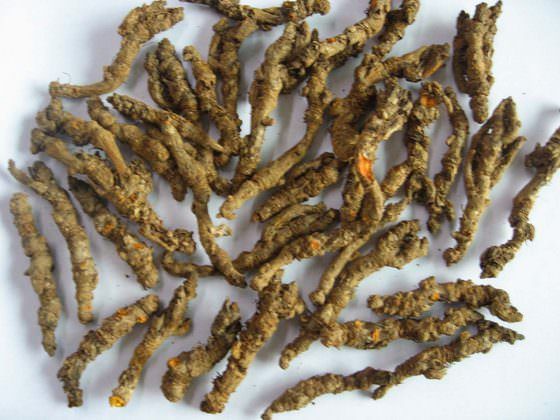
Coptis chinensis has the effect of stopping vomiting, reducing belching and heartburn.
2. Coptis
Coptis chinensis is a cold, bitter medicinal herb that has the effect of clearing liver fire and stomach fire. It is a medicinal herb that treats the root of the disease, stops vomiting, and reduces symptoms of belching and heartburn...
Modern medical research also shows that coptis is famous for its antibacterial and anti-inflammatory properties, helping to kill harmful bacteria in the stomach, regulating gas in the body, supporting digestion, reducing reflux symptoms, and stabilizing stomach function.
How to use: Use about 3 - 6g of dried coptis, boil with water to drink. Coptis has a bitter taste so it can be combined with licorice to make it easier to drink.
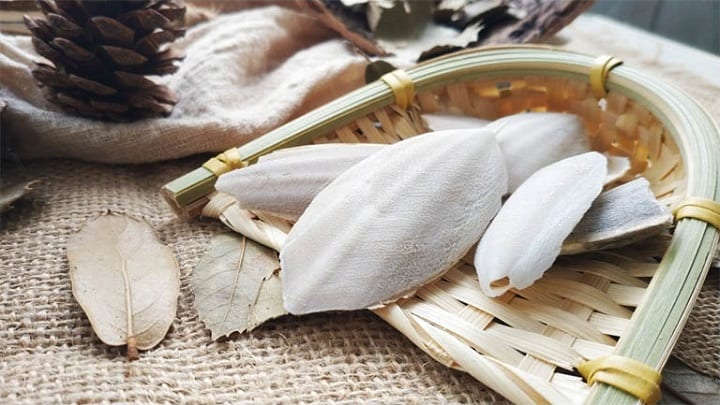
Otococcus reduces acid secretion and protects the stomach lining.
3. Bone pirate
O tac cot (also known as cuttlefish bone) is a medicinal herb with a cool, salty taste, which helps reduce acid secretion, protect the stomach lining, and support the treatment of gastroesophageal reflux. With a high calcium carbonate content, o tac cot helps neutralize stomach acid, thereby reducing burning sensation, heartburn, and other uncomfortable symptoms.
In addition, the root of the plant also has the effect of healing mucosal damage, preventing ulcers, and enhancing the protective ability of the stomach.
Way Usage: The O Tac Cot is usually ground into a fine powder. Every day, use about 5 - 10g of O Tac Cot powder, mixed with warm water or drink with honey to make it easier to drink. Drink 30 minutes before meals for best results.
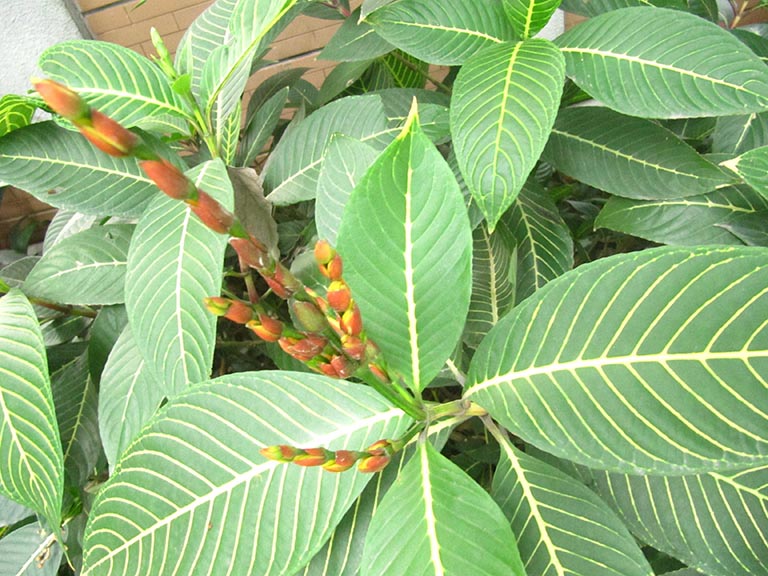
The leaves of the plant reduce gastric acid secretion.
4. Leaf
Khôi leaf (also known as purple khôi) is an oriental medicine that helps treat gastroesophageal reflux, thanks to its ability to reduce acid secretion and help heal the stomach lining.
According to research by the Department of Pharmacology, Hanoi University of Pharmacy, the leaf of the khôi plant contains little tannin and glucoside, which effectively reduces stomach acid. With its cooling properties, the leaf of the khôi plant helps reduce inflammation, soothes heartburn symptoms, and supports the digestive system.
How to use Uses : This medicinal herb is used in a very famous traditional medicine including 80g of khôi leaf, 40g of dandelion, and 12g of nam kho sam leaf. Dry the above ingredients, chop them, boil them in water and drink when hungry.
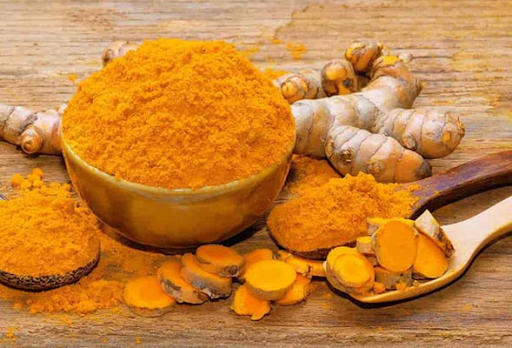
Turmeric inhibits gastric acid secretion.
5. Turmeric
According to research, turmeric contains curcumin, the main active curcuminoid with anti-ulcer, anti-inflammatory properties, inhibiting gastric acid secretion such as hydrochloric acid (HCL), reducing acidity, promoting the healing process of ulcers.
According to Traditional Medicine, turmeric has a bitter taste, hot properties, and affects the Heart, Liver, and Spleen meridians... It has the effect of promoting qi and breaking blood, dispelling wind and relieving pain, thereby effectively reducing symptoms of burning pain behind the sternum, belching, and heartburn.
How to use: Each time, use 1 teaspoon of turmeric honey mixture mixed with 200ml of warm water, drink 15 - 20 minutes before breakfast.
Using traditional oriental medicine not only helps relieve symptoms but also affects the root cause of the disease, regulates blood circulation, thereby supporting treatment, avoiding long-term recurrence. However, to effectively treat gastroesophageal reflux disease, patients need to be consulted and prescribed medication by a traditional medicine doctor.
Source: https://giadinh.suckhoedoisong.vn/5-vi-thuoc-ho-tro-giam-trao-nguoc-da-day-172241103205213006.htm



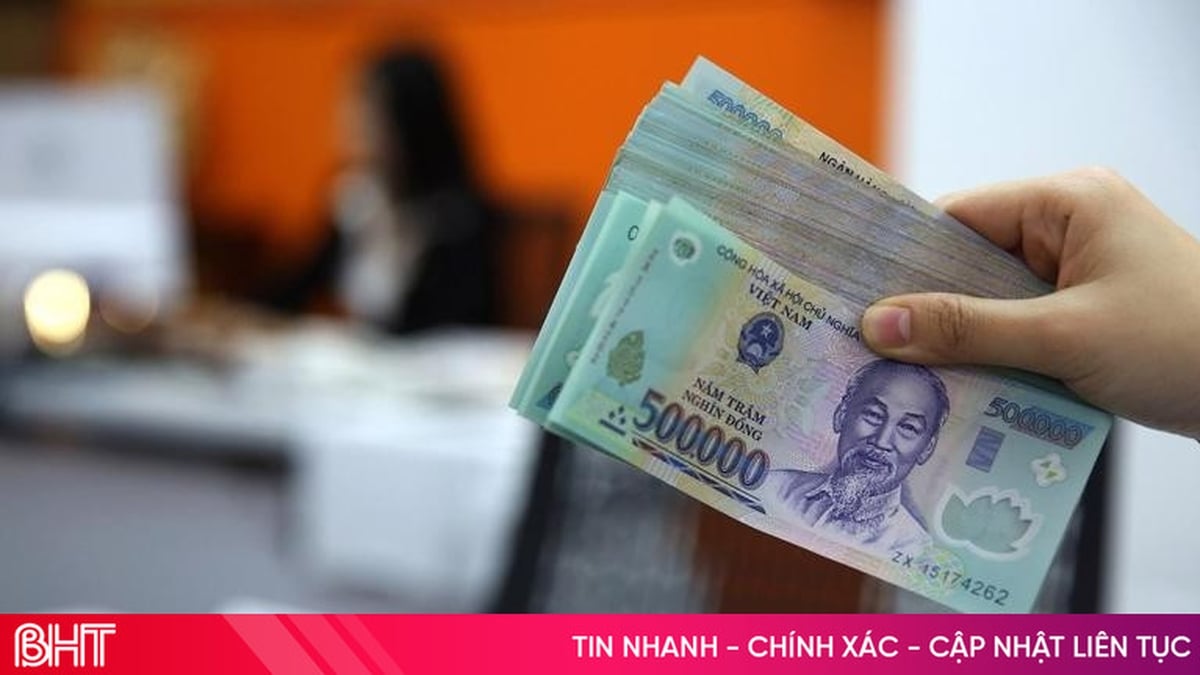

























![[Photo] National Assembly Chairman Tran Thanh Man visits Vietnamese Heroic Mother Ta Thi Tran](https://vphoto.vietnam.vn/thumb/1200x675/vietnam/resource/IMAGE/2025/7/20/765c0bd057dd44ad83ab89fe0255b783)




































































Comment (0)